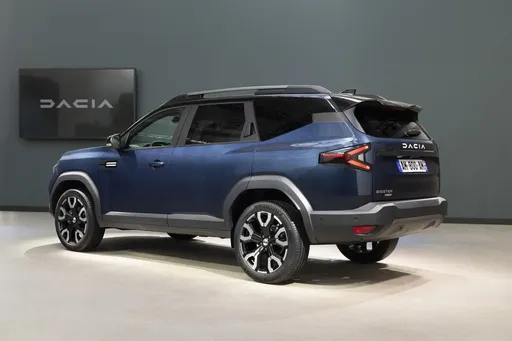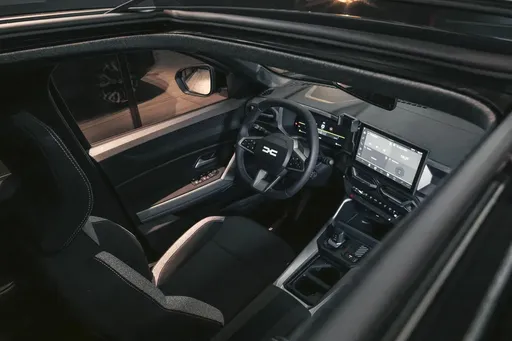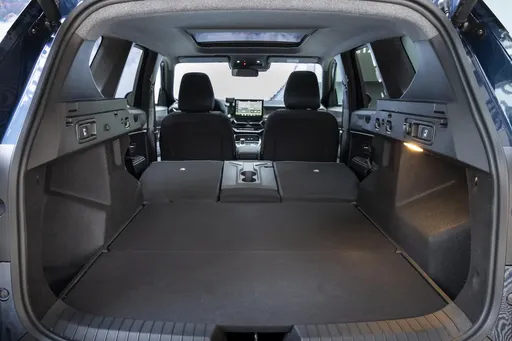A Clash of SUVs: Omoda 5 vs. Dacia Bigster
The SUV market is constantly evolving, offering a diverse range of options for every driver type. In this comparison, we delve into two contenders aiming to capture the hearts of SUV enthusiasts: the Omoda 5 and the Dacia Bigster. While both vehicles promise comfort and performance, they cater to distinctly different markets with their unique features and specifications.





